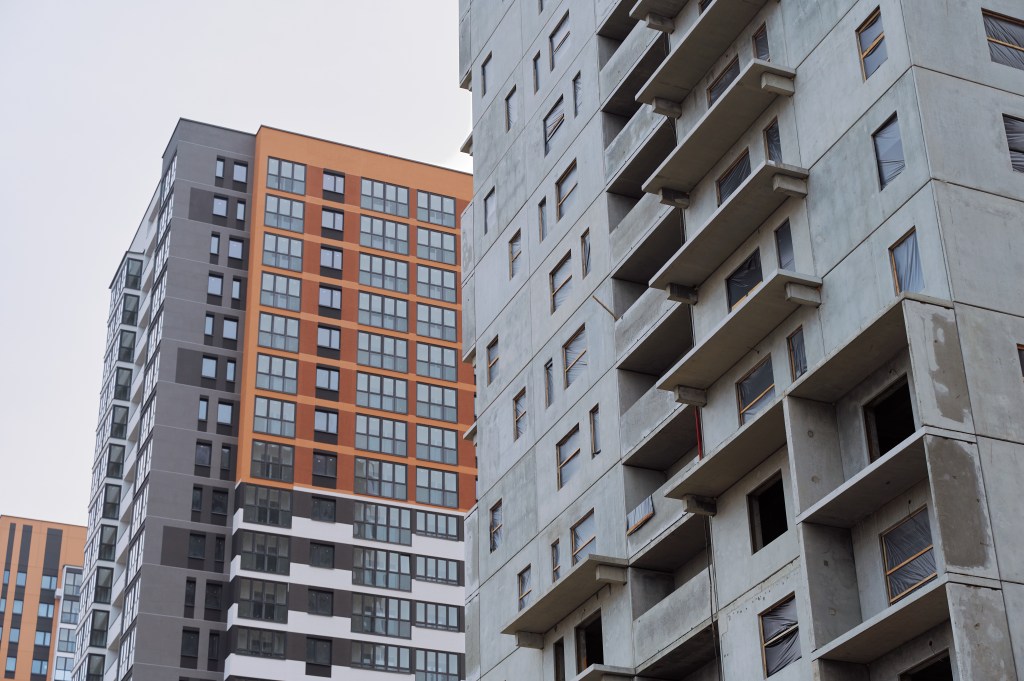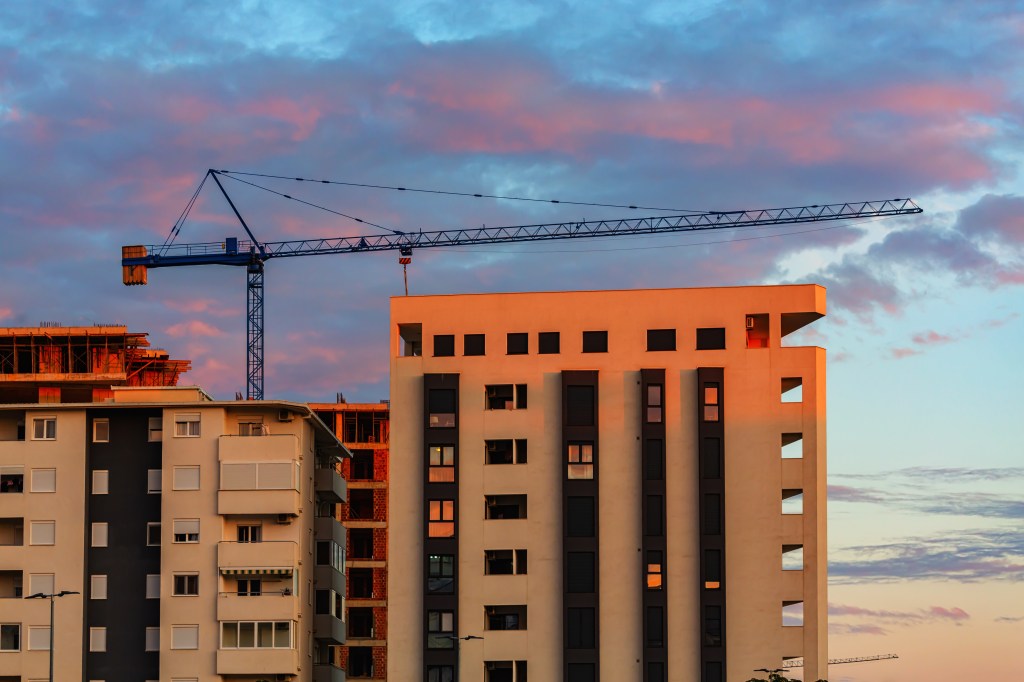Understanding Abandoned Construction Projects: Causes and Solutions

Construction sites are meant to be symbols of progress, but when projects stall, they quickly become liabilities. From towering steel frames left to rust to foundations overtaken by weeds, construction project abandonment often stems from a mix of financial, legal, and logistical setbacks. Funding shortfalls can halt work midstream, while contractor disputes and permitting delays create costly standstills. Once paused, these sites, especially unoccupied property like high-rise office buildings, are vulnerable to weather damage, theft, and even legal claims, turning a promising development into a long-term headache.
To mitigate these risks, developers and building owners should include project abandonment clauses in contracts and understand available contractor abandonment remedies. These legal tools help define responsibilities, timelines, and consequences if a contractor walks off the job or fails to complete the work. By proactively addressing abandonment risks, stakeholders can better protect their investment, maintain occupancy potential, and ensure that progress doesn’t turn into a costly pause.
Immediate Protection and Safety Risks at a Vacant Property
Unoccupied property, especially stalled or abandoned construction sites, can quickly become magnets for trouble if left unsecured. Without proper fencing, lighting, or surveillance, unsecured perimeters invite trespassers, theft, vandalism, and even accidental injuries. What starts as a paused build can escalate overnight into a liability nightmare, especially if someone gets hurt or damages the property. These risks not only threaten the physical site but also expose owners and contractors to legal actions and significant financial losses.
To mitigate these risks, developers and property owners should implement proactive measures such as temporary barriers, signage, and monitored access points. These steps are essential for maintaining site safety and protecting vacant property insurance coverage. Documenting all safety measure efforts and clearly identifying the location and interest of each stakeholder strengthens future insurance or legal claims. In short, securing the site isn’t just about protecting materials, it’s about safeguarding your investment, reputation, and legal standing.
Legal Fallout: Liens, Bonds, and Contract Defaults

When renovation projects stall or go off track, the legal consequences can escalate quickly. Construction lien disputes, surety bond claims, and contract defaults can pile up, complicating resale, refinancing, or restart efforts. These legal entanglements not only delay progress but also create long-term financial and reputational headaches for property owners and developers. If left unresolved, liens can cloud the title, making it difficult to sell or transfer ownership, while bond claims may trigger investigations, penalties, and delays in potential approvals.
To avoid these pitfalls, owners must act swiftly to enforce contract provisions and implement contract default protections. Thorough documentation of all communications, site conditions, and contractor performance is essential. Regular review of contract terms and legal obligations can help identify risks early. Most importantly, working with an experienced attorney ensures that your legal strategy is sound and that your rights are protected. In construction and renovation, proactive legal management isn’t just smart, it’s essential to protecting your investment and ensuring a smooth path forward.
Preserving Partially Completed Structures and Materials
In renovation and construction projects, safeguarding existing structures is critical, especially when work is paused or delayed. Partially completed builds are highly vulnerable to environmental threats like water damage, mold growth, and UV degradation, which can ruin installed framing, wiring, insulation, and finishes. These issues not only compromise structural integrity but also lead to other losses that can delay timelines and inflate budgets.
To prevent damage and keep sites from becoming unsafe, contractors and property owners should use protective wraps, moisture barriers, and controlled ventilation systems. These temporary solutions help stabilize halted building sites, buying valuable time while plans are sorted or permits are finalized. It’s also important to keep all parties involved, including insurers and legal advisors, updated on site conditions and preservation efforts. Thorough paperwork can help resolve potential claims and disputes, ensuring that investments in labor and materials aren’t lost to preventable damage.

Financial Impact of Restarting a Halted Project
Restarting a stalled renovation or construction project can be far more expensive than simply picking up where things left off. Once a site is demobilized, the project restart costs, including bringing back crews, equipment, and materials, can quickly escalate. Add to that rising prices for labor and supplies, and budgets can inflate by 10–20% or more. For clients, especially small businesses and property owners, these unexpected expenses can strain financial resources and delay timelines significantly.
This is where risk management for vacant builds becomes critical. Whether the site was intended for residential use, commercial development, or office buildings, implementing early stabilization measures—such as securing permits, locking in supplier rates, and maintaining minimal site activity, can help mitigate the risk of construction project abandonment. These proactive steps not only control costs but also preserve occupancy potential and ensure smoother transitions when the project resumes, protecting both your investment and your timeline.
Builder’s Risk vs. Vacant Building Coverage
When construction halts or a renovation project sits idle, property owners may unknowingly face serious coverage gaps in their builder’s risk insurance. Most policies automatically terminate after a reasonable period of 30 to 60 days of inactivity, leaving the property exposed to threats like fire, theft, vandalism, and liability claims. These coverage limits and exclusions can result in costly out-of-pocket losses if not addressed promptly.

That’s where vacant property insurance comes in. Switching to a vacant building form ensures continued protection during downtime, offering coverage for physical damage and legal liability while the site remains unoccupied. Whether you’re insuring unfinished construction projects or managing a temporarily paused development, understanding the transition between policies, and getting it in writing, is key. For owners, developers, and investors, this knowledge helps maintain uninterrupted protection and avoid expensive surprises.
Best Practices for Managing a Site Considered Vacant
When a construction or renovation project stalls, the site itself becomes vulnerable to a range of challenges, from vandalism and theft to weather-related damage and liability claims. Implementing smart risk management for vacant builds is essential to shield your investment and prepare for a potential restart. Begin by securing the site with minimal lighting to maintain visibility and deter trespassers, especially in unoccupied property settings.
Schedule routine inspections to monitor structural integrity, identify hazards, and ensure compliance with local regulations. These inspections are particularly important for large-scale developments like high-rise office buildings, where security risks can escalate quickly.
Most importantly, document all preservation efforts, including photos, inspection logs, and maintenance records, to strengthen future insurance or legal claims. This documentation helps demonstrate a clear connection between your efforts and the condition of the site, which is crucial if the property becomes a public health issue or faces legal scrutiny.
These steps not only reduce exposure but also enhance site safety, control project restart costs, and prevent construction project abandonment from becoming a permanent setback. Proactive site management is a smart investment in both protection and preparedness.
Vacant Property Insurance for Abandoned Construction Projects

Abandoned or stalled construction projects come with unique challenges that can quickly turn into costly setbacks if left unprotected for an extended period. Investing in vacant building insurance is a proactive way to ensure your site remains financially secure during downtime. These policies are specifically designed to provide coverage for project restart costs, liability for trespasser injuries, and protection against property damage caused by extreme weather, vandalism, or theft.
Whether the site was intended for residential development, high-rise office buildings, or commercial use, securing it with insurance for abandoned buildings or insuring unoccupied construction projects helps reduce financial exposure. With the right coverage in place, property owners, developers, and contractors can respond effectively to risks and maintain the potential for future occupancy. It’s not just about protecting materials, it’s about preserving the long-term value and viability of the project.
Sources:
https://www.linkedin.com/pulse/project-insurance-abandonment-conundrum-hari-radhakrishnan-fci7c/
https://wymanlegalsolutions.com/the-real-reason-contractors-abandon-projects-and-how-to-protect-yourself/
https://www.jsheld.com/insights/articles/builders-risk-complexities-in-insuring-existing-property
https://www.businessinsuranceusa.com/news/construction/contractors-abandoned-your-project/
https://distinguished.com/blog/vacant-building-insurance-coverage/
http://mellorlawfirm.com/contract-law/contractor-abandoned-the-job-heres-what-to-do-next/

